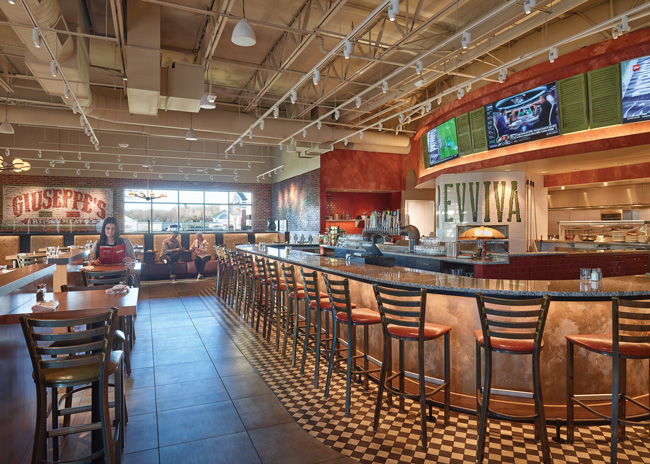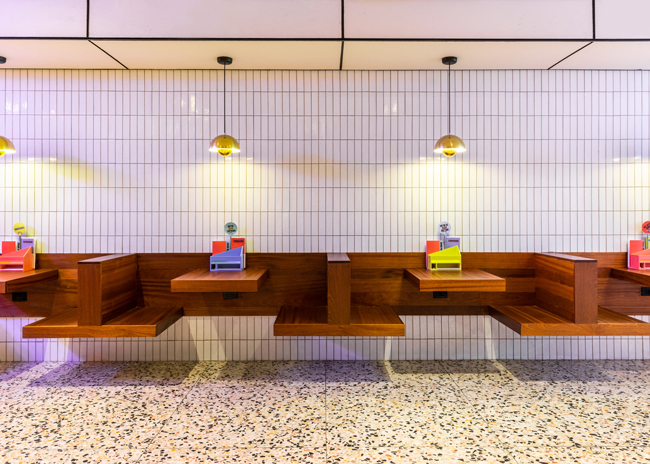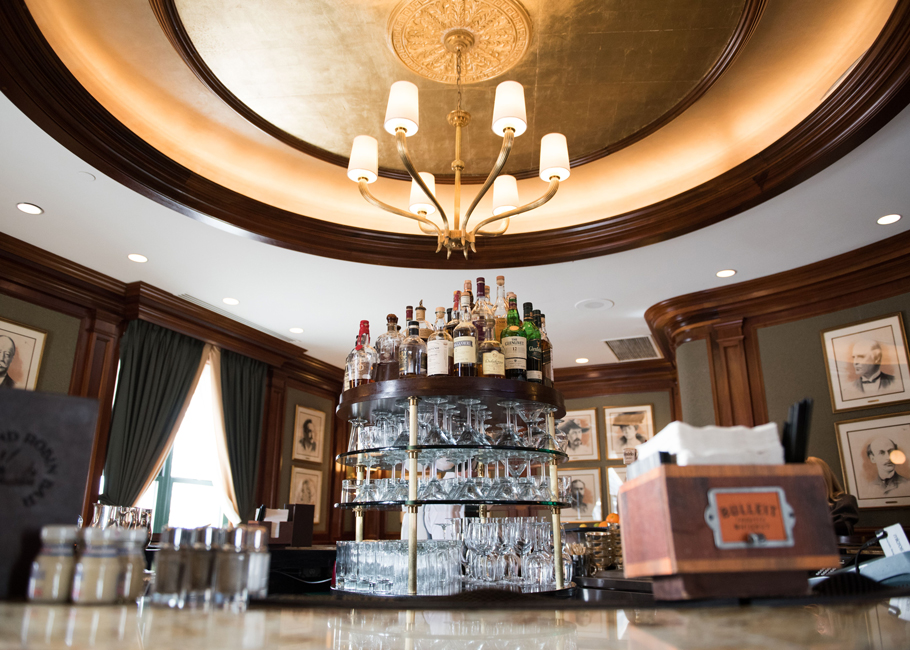
The purpose of a restaurant is simple: To feed people. But, beyond that, it has to make a good return on investment (ROI) to keep shareholders happy and to help the concept grow.
To grow, a restaurant needs to focus on unit economics, and the application of industrial engineering (IE) principles can help. Juan Martinez, principal of Profitality, a foodservice industrial engineering firm in Miami, explains.
What are unit economics and why are they important to restaurants?
JM: Unit economics are a metric of the health of a restaurant. Without the right unit economics, a concept cannot grow effectively. It’s about having the right balance of sales, capital cost and operating costs, to drive the profits needed to provide the shareholders with ROI.
What are the changes you most frequently recommend restaurants make to improve unit economics?
JM: The two areas of potential change to drive better unit economics are capital costs, the cost to open the concept, and operating costs, the cost to run the operation.
How do you use industrial engineering tools for this purpose?
JM: The application of IE is rooted in driving efficiencies for concepts. More output — sales and throughput — and less input — costs.
These include efficiency of costs (capital and operating), efficiency of processes and procedures, efficiency of equipment and efficiency of design (layout, work station, equipment and technologies).
What techniques do you use to meet these goals?
JM: They include time and motion, work sampling and continuous time studies, regression analysis, plant layout, computer simulation, ergonomic analysis, statistical analysis, financial analysis and competitive benchmarking, theory of constraints, capacity requirements planning and labor standards.
What are the most typically used techniques?
- Time and motion. This is observing something working, recording step-by-step when things happen. We look at the motion of anything — a place, employees, customers, a piece of equipment — and it shows what’s going on so you can see where the inefficiencies are. This is very basic and the foundation of what we do.
- Work sampling. Every five to 10 minutes — more or less — we take a snapshot of what each employee is doing and where are they doing it. Over the course of a data collection cycle of four or five hours, we take many observations to represent what’s going on in the restaurant, statistically speaking.
- Process mapping. Process mapping is a technique where you draw and describe what’s going on in the kitchen. It’s also sometimes affectionally called a “spaghetti diagram” because you have lines going all over the place. You can process map food, people, customers, and drinks, among other activities. You can see in a graph how much people or product are moving.
- Ergonomics. There are two aspects of this: Anthropometric and cognitive. Anthropometric ergonomics analyzes the human based on their body — how long is their arm, how tall are they — so you can design a work station around the physical capabilities of humans. The cognitive side is the mental capabilities of human beings: How many commands they can handle at once?
We almost always use the first three techniques to develop a quantitative and objective picture of a restaurant’s efficiency. This is the baseline from which to redesign. This data-rich methodology helps us convince the executive of a company that we need to redesign, but you’ve got to know what the problems are before you can fix them.
How do you put this into effect once you start working with a restaurant?
JM: We start with a discovery phase, where we objectively define the current level of efficiency for a concept. This could be efficiency of customer speed of service, efficiency of peak hourly throughput, efficiency of the facility size, efficiency of the equipment and technology used, efficiency of labor and efficiency of products and promotions, among others. During this phase, we also do competitive benchmark analysis, showing how a concept compares to others.
Then we move into the define phase, where the possible set of solutions are uncovered and capacity analysis is done, enabling us to objectively quantify how much of any resource is needed in both the front of house and back of house.
The third phase is the design phase, where the new concept is detailed out, including the floor plan, work stations, equipment platforms and technologies, the processes and procedures and the labor deployment, along with other areas.
The final phase, prior to supporting implementation, is what we call the debug or testing phase. There are several ways to test: in a real store opening, in a kitchen mock-up, or using computer simulation.



